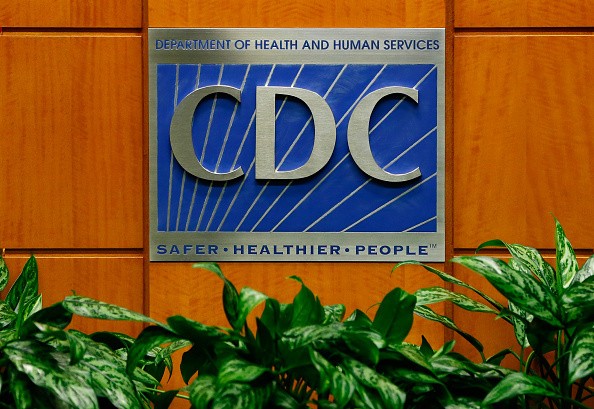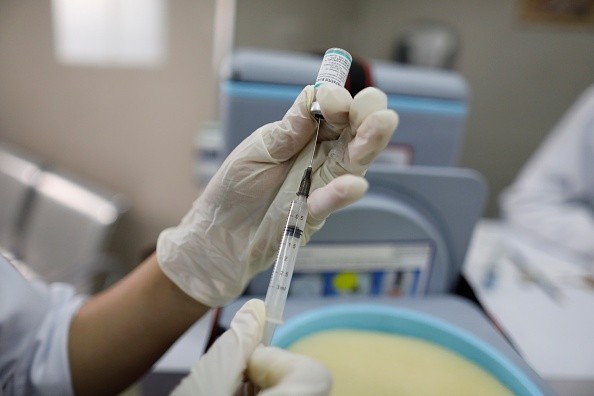A COVID-19 vaccine is likely to get approved in the United States in the coming weeks since pharmaceutical giants Moderna and Pfizer are currently applying for Emergency Use Authorizations from the U.S. Food and Drug Administration (FDA).

If both of the companies' vaccines are approved, U.S. government agencies and manufacturers will still observe how the medicines will work to ensure the products' safety as they are given to the public.
Pfizer and Moderna's vaccines will only get approved if their Phase III clinical trials showed that the products are sufficiently effective and safe to avoid side effects.
"Once the vaccine is made available to the public, reports from health care professionals and from patients about side effects are monitored daily," claimed Dr. Craig Hartford, a medical expert at the Faculty of Pharmaceutical Medicine in London, via News Week's latest report.
How Moderna and Pfizer's vaccines will be monitored
Although Hartford's claim is promising the U.S. Department of Health and Human Services will still investigate and monitor the COVID-19 vaccine's side effects.

According to the CDC's official website, there are several existing monitoring systems. One of these is the Vaccine Adverse Event Reporting System or VAERS.
Lisa Lee, a public health expert at Virginia Tech explained that the VAERS will report any harmful changes that the person is experiencing after receiving a vaccine. However, the public should be the one reporting the vaccine-related changes in their bodies.
Anyone, including parents of vaccinated children, vaccinated individuals, and health care providers are allowed to report.
How CDC's V-SAFE works
On the other hand, CDC created a second surveillance system called the V-SAFE app. This application is the one responsible to send emails or texts at regular intervals to those who received a COVID-19 vaccine.
V-SAFE app will ask them questions about their health status. If an individual reports to VAERS that they are sick, regularly missing work, and can't carry out normal daily activities, a VAERS expert will use the V-SAFE app to contact them and ask additional questions.
Lee explained that regular monitoring is essential for all vaccines and other kinds of drugs. Yes, clinical trials are very helpful when it comes to testing the vaccine's safety and efficacy. However, monitoring the actual vaccine delivery is also important since people will report things or side effects that the trials were not able to observe.
For more news updates about the COVID-19 vaccine, always keep your tabs open here at TechTimes.
Related Article : COVID-19 Causes Dental Problems? Survivors Report Losing Permanent Teeth Months After Infection
This article is owned by TechTimes.
Written by: Giuliano de Leon
ⓒ 2025 TECHTIMES.com All rights reserved. Do not reproduce without permission.




